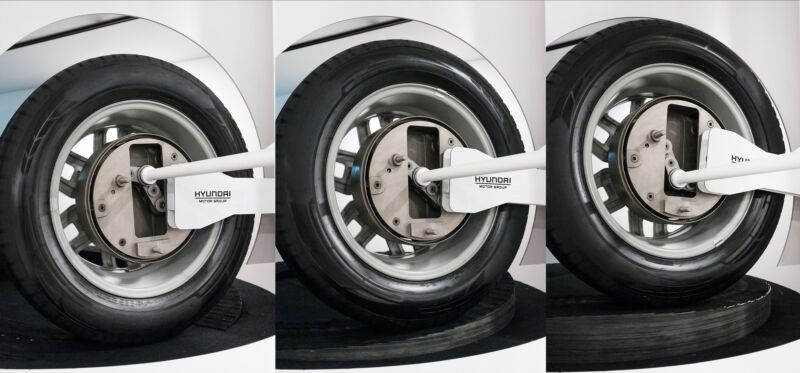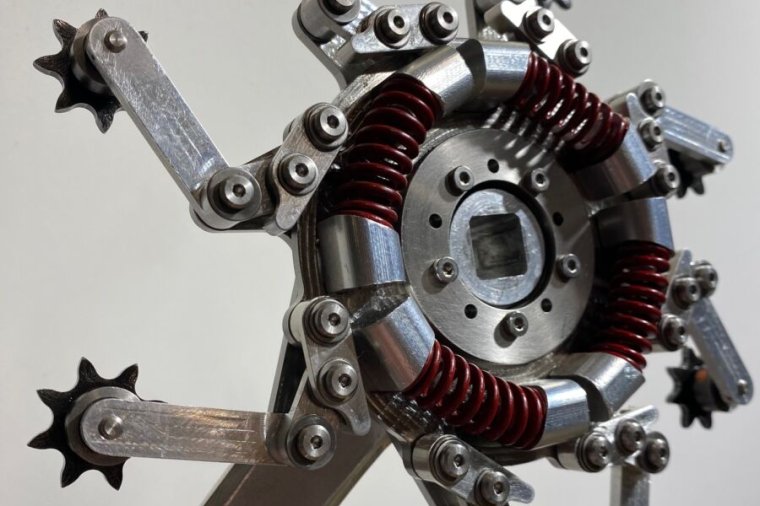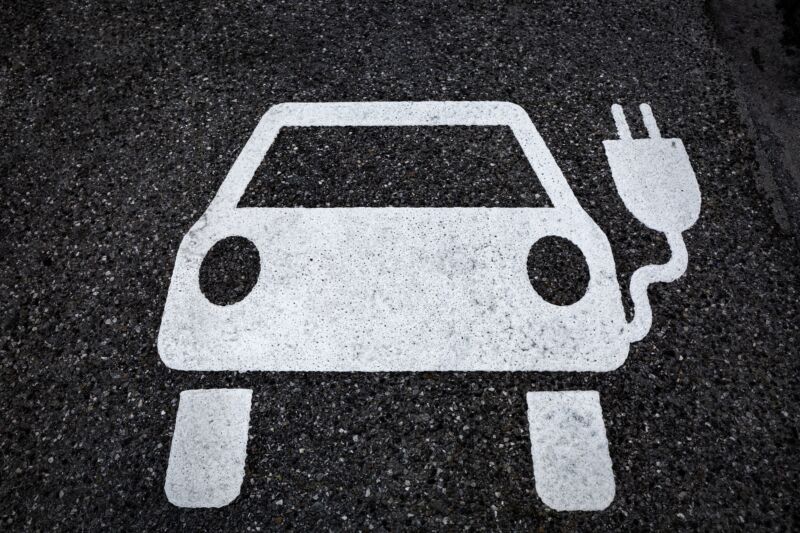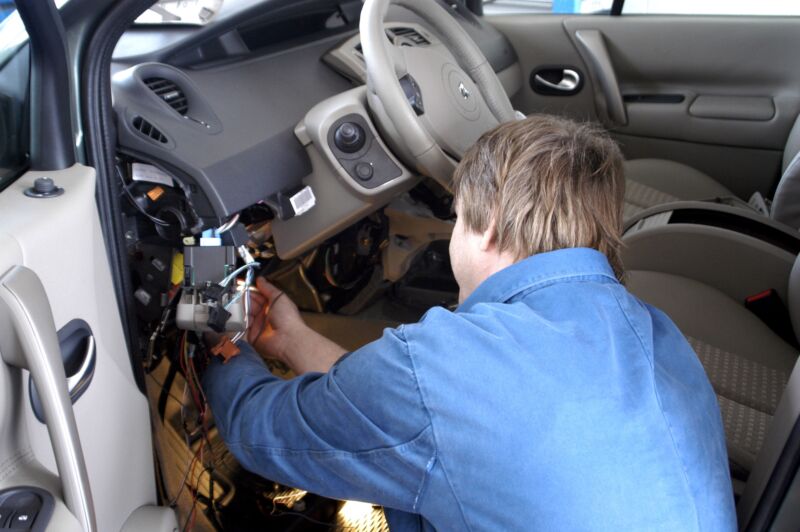-
 chevron_right
chevron_right
Automakers must build cheaper, smaller EVs to spur adoption, report says
news.movim.eu / ArsTechnica · Friday, 1 December - 16:16
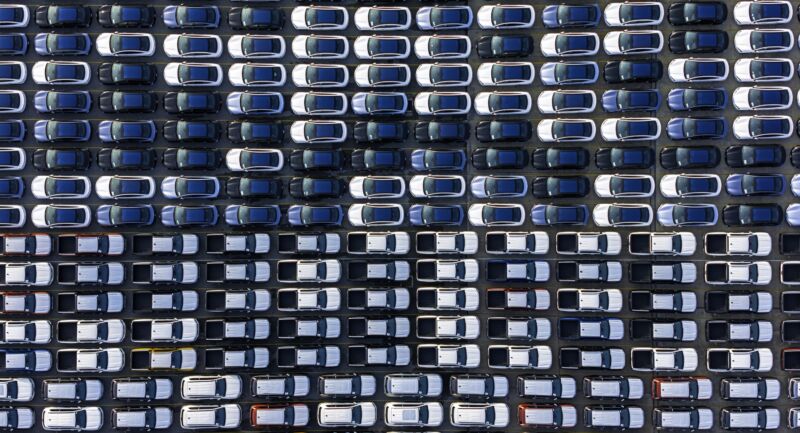
Enlarge (credit: Getty Images )
Earlier this week, we learned of an effort by some auto dealers to pump the brakes on the US government's electric vehicle adoption goals . EVs are sitting too long on dealership lots, they say, and the public just isn't ready to switch. Those fears are overblown says JD Power; it says that 29.2 percent of consumers say they're very likely to buy an EV as their next car, a percentage that grew 3 percent last month alone.
That means EV marketshare should grow to 13 percent by the end of 2024, and to 24 percent in 2026, according to JD Power, which it says places the EV market still in the "early adopter" phase. (Current EV market share is about 8 percent.)
But the industry has some work to do if it wants to smoothly transition from those early adopters to the "early majority" phase , and JD Power's advice sounds a lot like what we constantly hear in the comments: build smaller, cheaper EVs.

